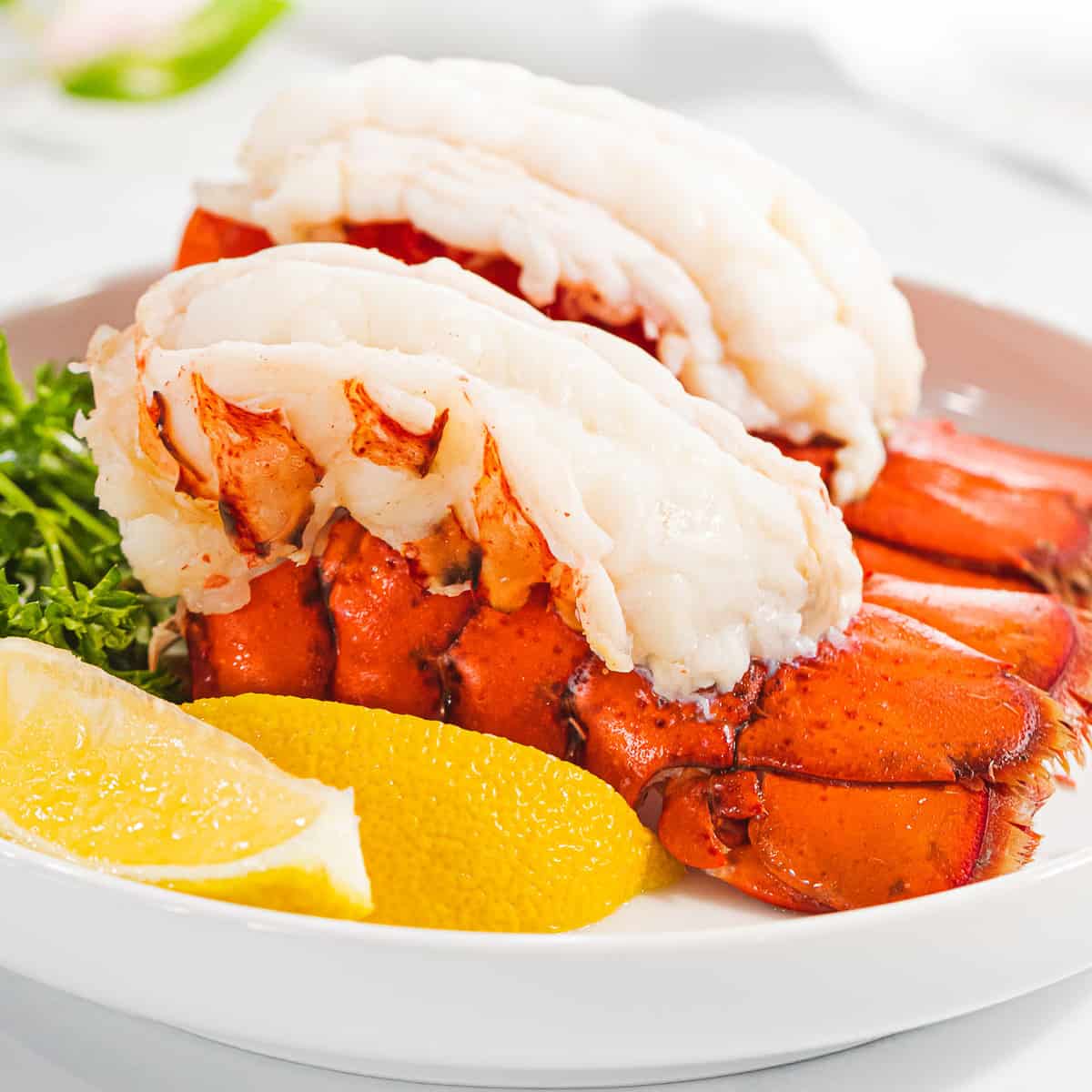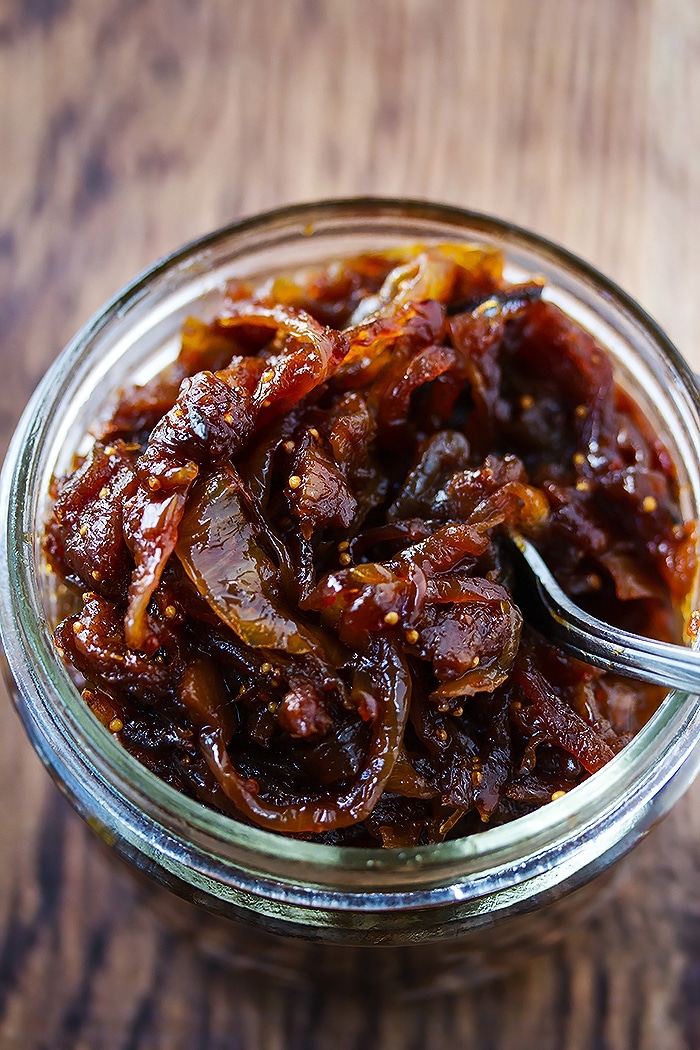Steamed Lobster Tails Recipe
Fresh lobster tails offer the best flavor and texture for steaming. Look for tails with firm meat that spring back when touched. The shell should be hard and intact, with no cracks or discoloration. A slight sea brine smell indicates freshness, while a fishy odor suggests spoilage. Always avoid lobster tails with black spots or dry patches on the meat.
Factors Influencing Quality and Taste
Several factors impact the quality and taste of lobster tails. The type of lobster, for instance, influences flavor. Cold-water lobsters, found in regions like Maine and Canada, generally have sweeter, tender meat. On the other hand, warm-water lobsters, sourced from places like the Caribbean, have a firmer texture with a more robust flavor.
The size of the lobster tail also affects taste and tenderness. Smaller tails (4-6 oz) usually have sweeter, more tender meat compared to larger tails (7-12 oz), which can be tougher. Consider the source of the lobster; eco-certified fisheries ensure sustainable practices, impacting not only the environment but also the overall quality of the seafood.
| Lobster Type | Region | Meat Texture | Flavor Profile |
|---|---|---|---|
| Cold-Water | Maine, Canada | Tender | Sweet |
| Warm-Water | Caribbean | Firm | Robust |
Consider these aspects to select the best lobster tails for steaming. Freshness, type, size, and source all play crucial roles in delivering a high-quality, flavorful lobster dish.
Essential Tools for Steaming Lobster Tails
Steaming Baskets and Pots
Select a sturdy pot with a tight-fitting lid to ensure even steam distribution. Use a steaming basket, perforated to allow maximum steam exposure, to elevate the lobster tails above the water. Stainless steel steaming baskets provide durability and ease of cleaning. Silicone baskets offer flexibility and non-stick properties. For larger quantities, multi-tier steamers can handle multiple lobster tails simultaneously without compromising on even cooking.
Thermometers and Other Useful Tools
Instant-read thermometers check the internal temperature of the lobster tails, ensuring they reach the ideal 140°F for perfect doneness. Kitchen shears help in preparing and cutting through the tough shells. Tongs provide a firm grip for handling hot lobster tails safely. Splatter guards prevent water from boiling over, maintaining a clean cooking environment. A timer assists in tracking the steaming duration accurately, preventing overcooking.
By using these essential tools, you streamline the process and enhance the quality of your steamed lobster tails, making it easier to achieve a perfectly cooked, flavorful result.
Step-by-Step Guide to Steaming Lobster Tails
Preparing the Lobster Tails
Begin by preparing your lobster tails. Use kitchen shears to cut through the top shell of each tail. Cut from the wide end to the fin. Ensure you don’t cut too deep into the meat. Spread the shell apart slightly and carefully pull the meat out, placing it on top of the shell while leaving the end attached. This process, called butterflying, presents an attractive display and allows for even cooking.
Next, rinse the tails under cold water to remove any impurities. Pat them dry using paper towels. If you prefer, marinate in lemon juice, garlic, and herbs for added flavor. Let them rest for 10-15 minutes before steaming.
Timing and Temperature Control
Accurate timing and temperature control are crucial when steaming lobster tails. Bring 1-2 inches of water to a boil in a sturdy pot. Place the lobster tails on a steaming rack or basket above the water. Cover the pot tightly with a lid to trap the steam.
For optimal results, steam one-pound lobster tails for about 8 to 10 minutes. Adjust the timing based on size—small tails (4-5 ounces) generally need 5-6 minutes, while larger tails may require up to 12-15 minutes. To ensure even cooking, monitor the internal temperature using a kitchen thermometer. The lobster meat should reach 140℉ (60℃).
Avoid overcooking to maintain tender, flavorful lobster tails. Use tongs to remove them from the pot, letting them rest for a few minutes before serving.
Serving Steamed Lobster Tails
Recommended Sides and Sauces
Pairing steamed lobster tails with complementary sides and sauces enhances the dining experience. Popular sides include roasted vegetables, garlic mashed potatoes, and fresh garden salads. Cheese risotto, corn on the cob, and asparagus also make excellent accompaniments.
For sauces, classic drawn butter remains a favorite. Enhance it with garlic or lemon for additional flavor. A creamy dill sauce, tangy tartar sauce, or zesty cocktail sauce provides variety and richness. Experiment with herb-infused oils or spicy mayo to bring new dimensions to the dish.
Presentation Tips
Proper presentation elevates steamed lobster tails, making them even more appealing. After steaming, split the lobster tail shell to reveal the meat but keep it attached for visual impact. Use fresh herbs like parsley or dill to garnish the plate for a pop of color.
Arrange the sides symmetrically around the lobster tails for a balanced look. Serving the dish on a white plate highlights the vibrant red of the lobster. Adding lemon wedges not only enhances the presentation but also lets guests add a fresh citrus burst to their meal.
Serving your steamed lobster tails with the right sides and sauces, along with thoughtful presentation, transforms your meal into a gourmet experience.
Conclusion
Mastering the art of steaming lobster tails at home can elevate your dining experiences to new heights. With the right selection and preparation, you’ll create dishes that rival those of the finest restaurants. Don’t forget the importance of complementary sides and sauces to enhance the flavors. Finally, a well-presented plate not only looks appealing but also adds to the overall enjoyment of your meal. So go ahead and impress your guests or treat yourself to a luxurious lobster feast. Happy cooking!






